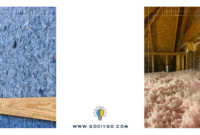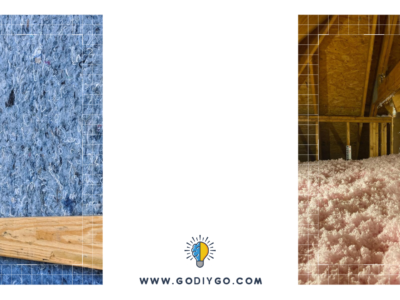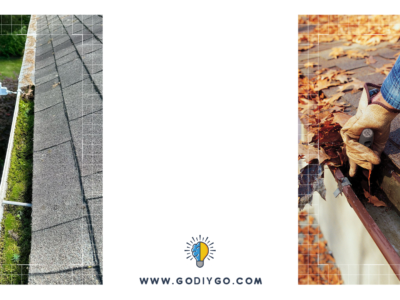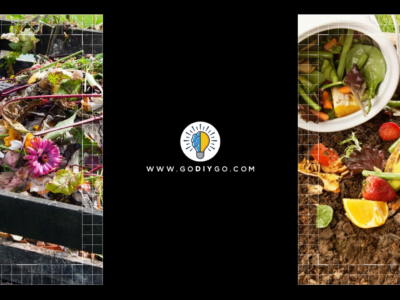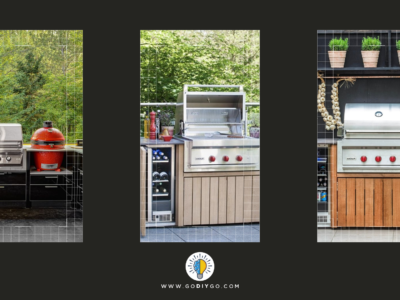
Forking out half your year’s salary on a Mini Cooper isn’t the only way to make your life more sustainable, you know. While most people associate going green with expensive and troublesome life changes, there are numerous other ways with which you can shrink your carbon footprint. It all starts with your house – the place where you spend most of your time.
Green living has become a significant priority in recent years. Many of us never leave the house without a reusable coffee cup or reusable shopper. Swapping single-use plastics favors more green alternatives.
Still, there is a lot to be done – especially around the house – and it doesn’t cost much money.
To make it as effortless and fun for you to transform your home into a clean and green energy haven, we’ve curated a list of things to do. So read on, and absorb the fulfillment that comes with being a do-gooder.
1. Invest in Renewable Energy
One way for households to be greener is to invest in a renewable energy source for electricity. But, unfortunately, most homes are on a grid that offers energy from a non-sustainable source, gas or oil.
Solar panels are an excellent example of a renewable energy technology that uses the sun as an energy source. This photovoltaic system uses the sun’s rays and transforms them into electricity. The method is a much more environmentally clean choice than using energy derived from the combustion of fossil fuels. Moreover, more than a hundred different brands out there sell solar panels and other solar equipment. Hence, finding the best solar panels for your home shouldn’t be a challenge, which is also an excellent investment in the long run.
2. Fill your house up with some plants.
Bringing plants into your home is an excellent way to boost air quality. Photosynthesis is the process by which plants remove carbon dioxide from the atmosphere and generate it to oxygen. As a result, pollutants in the air, such as benzene, mercury, carbon dioxide, and formaldehyde, can be lessened by some houseplants. These pollutants in the air cause headaches, eye irritation, and dizziness. With the help of plants, you can control these toxins and encourage good air quality.
3. Install a smart or programmable thermostat
Cooling and heating consume half of your home’s energy. A programmable thermostat can help you save money on cooling and heating when you’re not at home.
Smart thermostats are even more energy efficient because they can learn your preferred temperatures and adapt when not present. Furthermore, a smartphone app allows you to access the system remotely, turn the heat on or off, and change the temperature to save power.
4. Line-dry your clothes
We know, we know — dryers are so handy. However, they are bad for the environment because they consume a lot of energy. According to The Guardian, each cycle emits about 1.8kg of CO2 – which is as bad as it sounds. Even those with high-energy ratings are not environmentally friendly. Furthermore, why use a dryer when you can simply hang your clothes to dry? Think about it.
Sure, it takes longer, but it costs nothing (besides the cost of a clotheshorse, drying rack, or drying line), and you can rest easy knowing you’re doing your part.
5. Use natural cleaning agents.
Natural cleaning products are equally as effective as conventional ones. However, they do not contain any harmful chemicals that are harmful to the environment or your health. Unfortunately, eco-friendly cleaning products are more expensive, and not everyone can afford them. However, you can make your cleaning products with ingredients such as lemon juice, baking soda, and vinegar.
6. Create a compost station
Composting is the method of disintegrating organic materials through natural decomposition to create rich soil. Depending on where you live, you can create a compost space either outside or inside. If you’re composting inside, you’ll need a particular bin.
However, if you want to start your compost station, you can use a container or spring it on the ground. With your newly installed compost station, you can toss your old eggshells or leftover peels into your bin the next time you cook.
Vegetable and fruit scraps, used paper napkins, loose-leaf tea, coffee grounds, and paper towels, stale crackers, rice and pasta, and other items can and should be composted as well. Composting improves soil and reduces methane emissions from landfills, thereby lowering your carbon footprint.
7. Work smarter in the kitchen
Most homeowners use the oven to make toast because they believe it is inconvenient to invest in a toaster. However, the stove requires a significant amount of energy to heat up properly. Using the range for only two slices of bread is cumbersome. The toaster consumes less power and completes the task more quickly.
When it comes to the oven, ensure the door is closed correctly every time you cook or bake something. Other than that, leaving the oven door open results in significant heat loss. If you enjoy coffee, replace the pod coffee maker with a drip coffee maker. Because they require the use of pods, pod coffee makers are not environmentally friendly. Lastly, ensure you minimize food waste by learning how to prep and plan meals and store food accurately.
Go Green!
While most of these adjustments seem relatively minor, they can have a massive impact on your home as well as on the planet. Of course, the best part of creating a sustainable home is that it all pays back in the form of comfort and savings. But don’t stop here – there are many other efforts you can make to turn your home into a green heaven. Keep learning about the eco-friendly benefits of sustainable living and home automation to keep improving the green factor of your house. Also, don’t hesitate to share these tips with your fellow neighbors, friends, and family and encourage them to follow your green steps.


